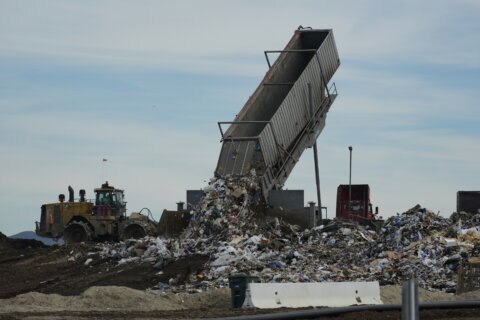Planning to buy a new car or kitchen appliance in 2016? Be prepared to open your wallet a little wider, as these are just two of the items that are expected to cost more next year. However, it’s not all bad news. The Consumer Price Index showed modest increases overall for 2015 and even decreasing prices in areas such as apparel and energy costs.
Here’s a look at what could cost more in 2016.
1. Rent. Residential and commercial property rental costs could rise in 2016, and not just in red-hot residential markets like San Francisco and New York. Michael Levin, associate professor of marketing at Otterbein University in Westerville, Ohio, says residential rental markets that have not been hot for the past several years, such as Cincinnati and Dallas, could see rising rents. “Demand is finally catching up with supply, and it’s squeezing the available supply, so residential rents will increase,” Levin says.
The Zillow Home Price Expectations Survey, which surveyed 101 real estate experts in January, found that more than half of the experts said they expect rental affordability to worsen for at least another two years.
2. Borrowing money. Mortgage rates sat at historic lows the past few years, which was favorable for those looking to refinance or finance a new home. The U.S. Federal Reserve did not raise interest rates in 2015 as expected, but it could increase rates later this month or next year. If that happens, homeowners with home equity loans will pay more, as will people taking out new mortgages, points out Chip Manning, director of the Babson Center for Global Commerce at Sewanee–University of the South. “I think you’ll see upward pressure [on housing prices] because of the fact that people will try to get in under the wire [before rates increase],” he says.
3. High-tech home appliances. Home appliances are going high tech, and more bells and whistles often translates to higher prices. “More products have home automation, app inclusion and voice inclusion,” says Howard Schaffer, vice president of merchandising at Offers.com. “It’s everything from high-end appliances down to your light switches, light bulbs and even crockpots.” However, if you’re in the market for a basic model that doesn’t sync with your phone or offer other features, then you likely won’t notice much of a price increase over this year, according to Schaffer.
4. College costs. The College Board reports that the cost of undergraduate tuition at public and private universities for out-of-state students rose more than 3 percent between the 2014 to 2015 and 2015 to 2016 school years. Despite talk on the presidential campaign trail about plans to rein in college costs, Manning says there’s an “arms race” in the college space. “They’re still building nice facilities, and a lot of the colleges are doing more in the area of research, which can impact the cost structure,” he says.
MOOCs (massive open online courses) and online schools have been hot topics over the past seven or eight years because of their potential to drastically reduce college costs, Manning adds. “It just hasn’t materialized [on a large scale],” he says. “I think it will eventually have an effect, but I don’t think we’ll see that in the foreseeable future.”
5. Health insurance. Overall health care spending is expected to rise 6.5 percent for 2016, according to a recent report by the PwC Health Research Institute. That’s slightly less than the 6.8 percent increase for 2015, but it’s much less than the 11.9 percent rise in 2007. Yet that same report shows in that 2015, 40 percent of American consumers went without medical care, and average in-network deductibles rose to $1,200 (nearly twice the average of $680 in 2009). “We’re seeing some pretty big increases … going into next year, which could put heavy pressure on people’s pocketbooks,” Manning says. Some older Americans who pay for Medicare Part B (which covers outpatient care and doctor visits) will pay higher premiums as well.
6. Automobiles. This October, new car prices increased by $458 (1.4 percent) compared to October 2014, according to the analysts at Kelley Blue Book. Car prices will likely continue inching upward in the new year.
“You can see car prices continue to rise as they continue to add more technology — everything from Bluetooth to automation,” Schaffer says. “Originally, it was in the high-end cars, but now you’re even seeing this on the most entry-level of Hondas and Fords.” Rising prices of metal commodities could also contribute to increased car prices, Levin adds. Despite the costs, the National Automobile Dealers Association predicts new auto sales to reach 17.7 million units (up from a projected 17.3 million sales this year) in 2016.
More from U.S. News
10 Money Action Steps to Take Before 2016
8 Tech Funds to Buy to Invest in the Future
10 Creative Ways to Cut Costs This Winter
What Will Cost You More in 2016? originally appeared on usnews.com







